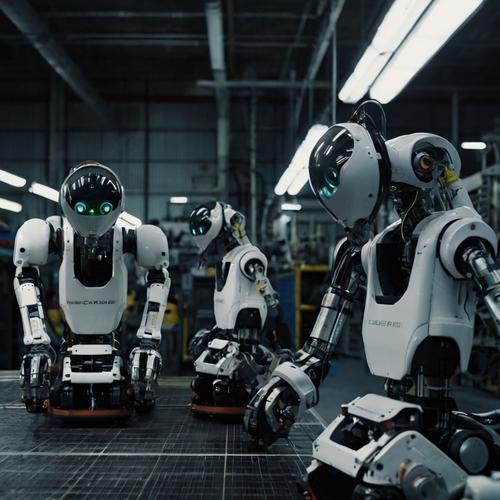The collaborative robots market is rapidly expanding as industries across the globe seek flexible, human-friendly automation solutions to enhance productivity and safety. Known as “cobots,” these robots are designed to operate alongside human workers in various settings, from manufacturing and logistics to healthcare and retail. As businesses recognize the value of human-robot collaboration, several key trends are expected to drive the growth and innovation of the collaborative robots market up to 2031.
A significant trend fueling this growth is the increasing adoption of cobots in small- and medium-sized enterprises (SMEs). Unlike traditional industrial robots, which often require large investments and complex programming, cobots are affordable, easy to operate, and versatile, making them suitable for SMEs looking to automate repetitive tasks without major capital expenditure. The flexibility of cobots allows smaller companies to enhance their production capabilities, handle routine processes, and improve overall operational efficiency, all without investing in a fully automated system.
Another major trend is the integration of advanced artificial intelligence (AI) and machine learning (ML) into cobots, allowing them to become more adaptive and autonomous. With AI, cobots are increasingly able to analyze data, learn from past experiences, and adjust their actions in real time. This capability is especially valuable in dynamic work environments such as warehouses, where cobots are used to perform tasks like picking, packing, and sorting alongside human workers. As these robots become more intelligent, they are able to handle complex, non-standardized tasks, opening up new possibilities for human-robot collaboration in fields that demand high levels of flexibility and customization.
The healthcare industry is another area where collaborative robots are making a strong impact. Cobots are being utilized in hospitals for tasks like patient assistance, drug delivery, and surgery, reducing the strain on healthcare workers and helping to minimize human error. As healthcare systems continue to evolve and adopt automation, cobots will become valuable assets, enabling medical staff to focus more on patient care while robots handle routine or physically demanding tasks.
Safety remains a core focus in the collaborative robots market, particularly as cobots operate in close proximity to humans. Advances in sensor technology, such as proximity and vision sensors, have significantly improved the safety features of cobots, allowing them to detect human presence and adjust their movements accordingly. In addition, global safety standards continue to evolve, providing companies with guidelines to ensure cobot implementations are safe and reliable. These safety improvements will enable cobots to integrate more seamlessly into workplaces, even those with complex human-robot interactions.
Finally, the logistics and supply chain sectors are experiencing notable growth in cobot adoption. With the rise of e-commerce and the need for efficient, rapid fulfillment, companies are investing in cobots to streamline operations in distribution centers and warehouses. Cobots assist with tasks such as item retrieval, order packing, and inventory management, which helps reduce human labor costs and improves operational speed. As demand in the logistics sector increases, collaborative robots will play a crucial role in helping companies scale up to meet market demands.
By 2031, the collaborative robots market is expected to expand across diverse industries, driven by these trends in AI, safety, and adaptability. As cobots become more advanced and capable of performing a wider range of tasks, they will be integral to workplaces seeking efficient, flexible automation solutions. With their unique ability to collaborate with humans while enhancing productivity, collaborative robots will be pivotal in the transformation of global industries in the years to come.



